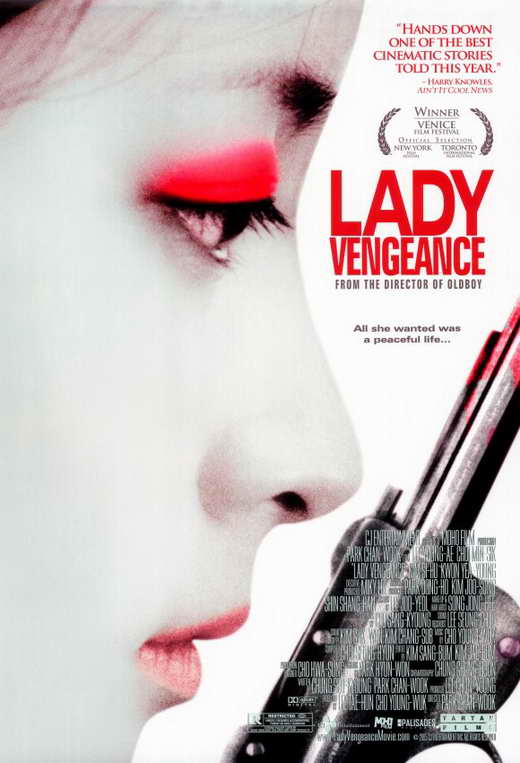Key Scenes
The scene in the bar after Marion's 'death'.
This scene is import as it show's another side to Indy and also changes the pace of the movie as you can not hold an audience at one level throughout the whole film as they wouldn't be able to last the whole film. This scene where Indy has another run in with Belloq allows us to align with Indy emotionally as show's him at the good guy in the film even if he is a anti-hero which can be scene through Micro and Macro elements in this scene.
The romantic score which we associate with Marion is played in the background of this scene at the beginning. This creates an emotional response as you can see that Marion's death has had more of an effect on him than he thought it would as he cared for her maybe even loved her, therefore we feel sorry for him and start to connect with him as we see he is not a womanizer and he did care for her. Focus on loss.
Camera angles: the close up and inward zoom which draws us towards Indy at the beginning of the scene establishes the fact that Indy is now alone and acts as an establishing shot. We also see Indy's facial expression and the bottle of whiskey which show us that Indy is very upset over Marion's death and that he is dealing with this in his own way.
Spielberg also uses foregrounding as a way to show the intimacy of the conversation between Indy and Beloq and how intense it is as the camera never leaves them. This makes the audience very tense as you are not sure what else is going on in the scene and what is going to happen. However the use of close-ups show's that Indy's facial expression doesn't change implying he is utterly unconcerned by what Beloq is saying as he is more concerned by Marion's death.
The shot uses a two hander which helps to show the intensity in the conversation between the two of them as it keeps us focused on Beloq and Indy.
Lighting: At the beginning of the scene Indy leaves the bright sun lit streets and enters the darkly lit bar to meet to Beloq highlighting how Indy is the good guy and Beloq is the bad guy in this scene as well as shadowing of Beloq and Indy's face's.
Beloq also has a European accent this also helps the audience to connect Beloq as the bad guy as in the 1980's American's still feared European's due to WW2 as can be seen in Die Hard. It also helps the audience to align with Indy as he is the good religious American who is going to save the Ark from a European.


